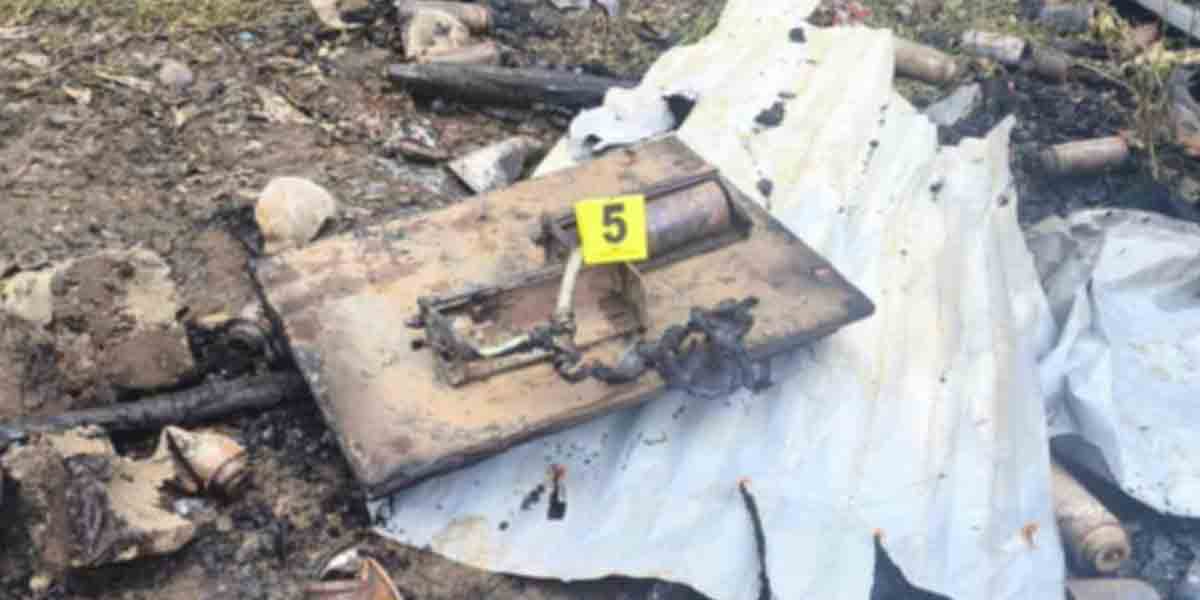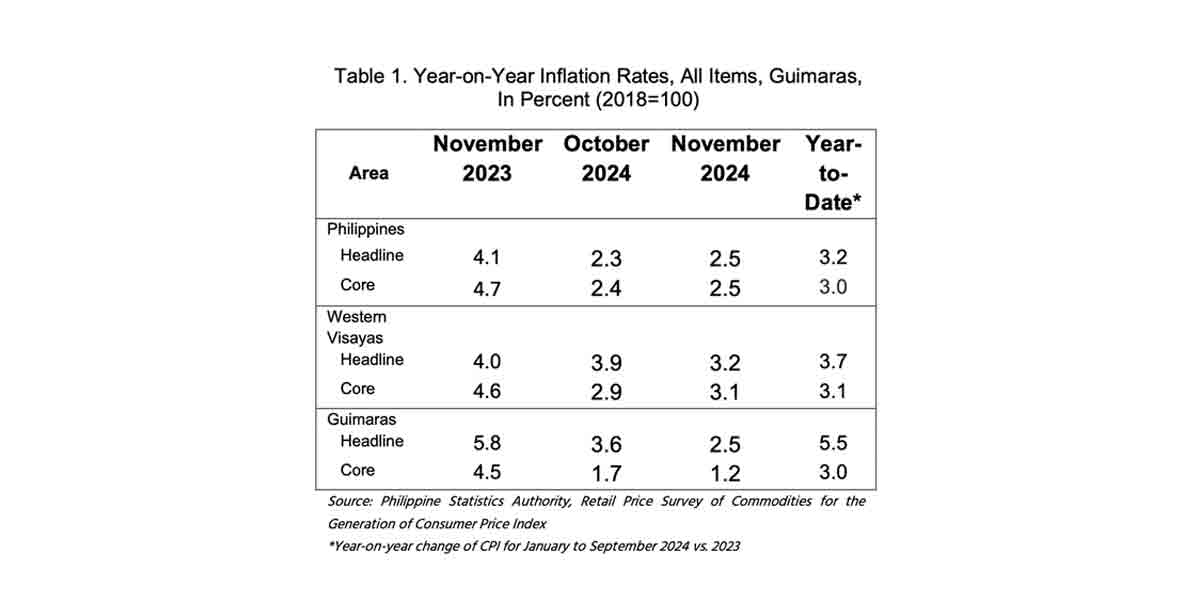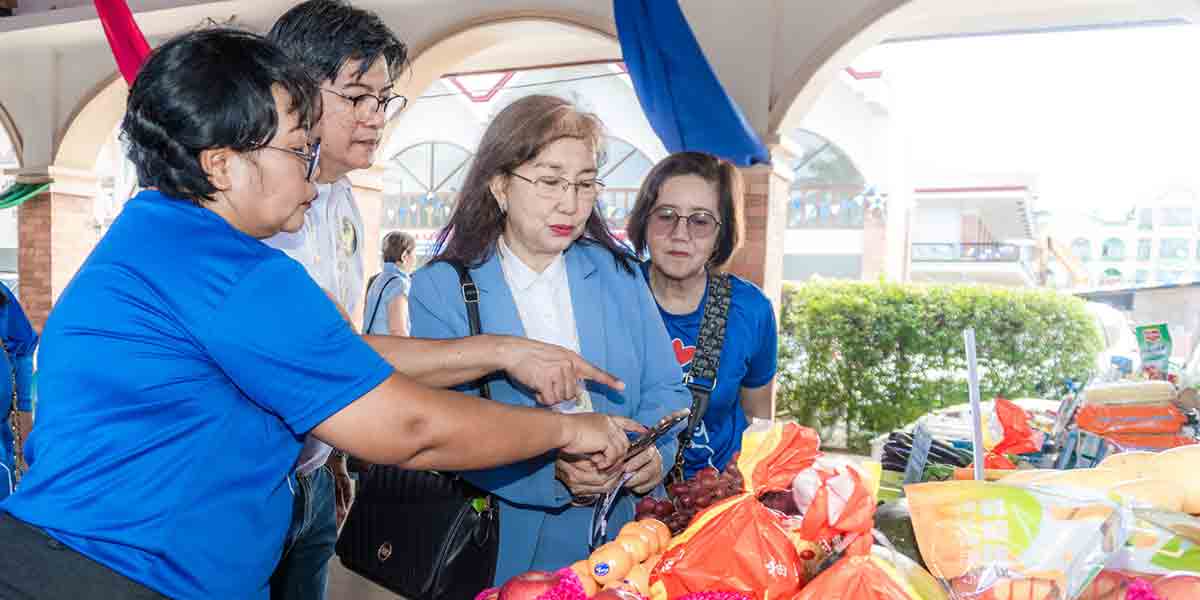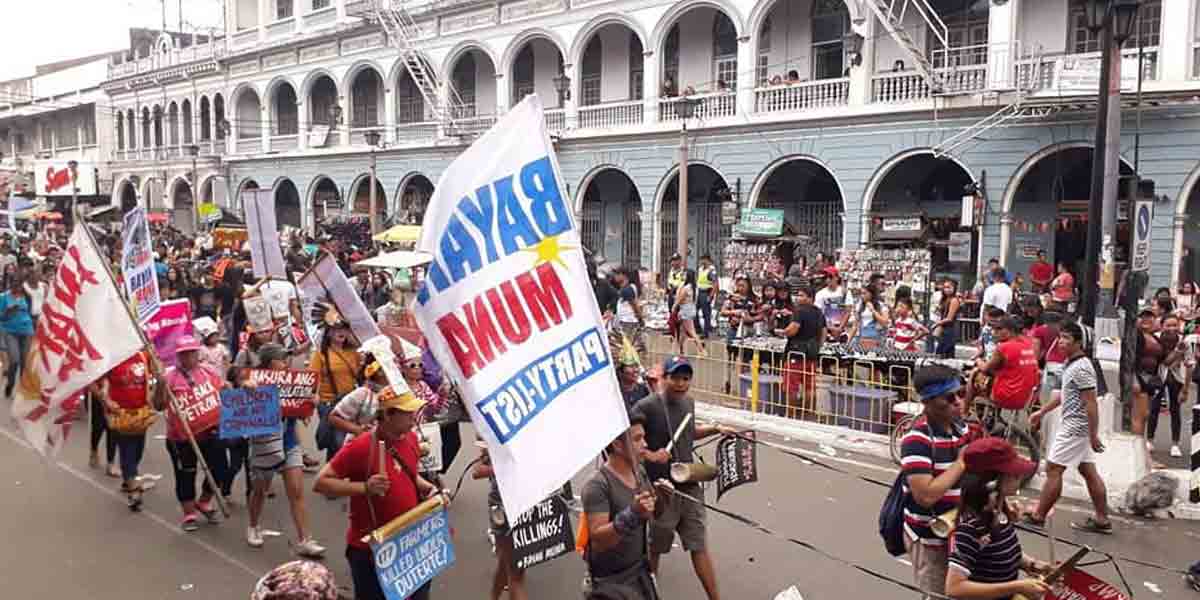 By: Modesto P. Sa-onoy
By: Modesto P. Sa-onoy
THERE was a time when the only history we learned is that of American history. It took some years after the Philippines became truly independent on July 4, 1946 that our legislators introduced the study of our past and literature but still loaded in favor of American and English authors. The nationalists accused the government and education leaders of suffering from “colonial mentality” but there were realities that could not be helped – we lacked authors. Books and literature tilted in favor of the foreign.
It was easy then for Filipinos to migrate to the United States and America was not as strict as it is now in taking in immigrants. Events forced the United States to impose restrictions as “undesirable aliens” create problems of peace and order, social welfare and integration.
We know from media reports of the problems related to immigration not only in the United States but in Europe and our own. The movement of people from undesirable situations to where life could be better is an ancient phenomenon but today this movement poses numerous problems for government, the latest of which is national security.
I wrote earlier of the new regulations on passengers coming into the United States. While some feel this is a nuisance, we must see them as a matter of self-protection. Almost daily we passed by the memorial to the heroes of 9/11 when terrorists attacked the World Trade Center and killed thousands of innocent people. That was the worst terror attack in the US and we cannot blame America for ensuring its own safety. Every country has that responsibility.
Although America has tightened its immigration policy, nevertheless this country remains open to those who come with noble and honest intent. As a notice in the US Embassy in Manila says, the US sees one’s honesty, not gender or race or financial capacity. The long lines of people wanting to come here despite the specific dates and times for their interviews show that the flow of people to this country remains unabated. That only signifies the openness of the United States to all peoples. Thus the wide racial mix of humanity from every corner of the world can be found here.
I had been here six times before mainly for research and visits and I am amazed at the variety of nationalities. In the train that we used from New Jersey to New York almost daily, there are Indians and Pakistanis, Arabs, Latinos and Africans, a lot of Filipinos and Chinese, Vietnamese, Koreans and Chinese or perhaps Taiwanese. The Japanese own restaurants and businesses here.
The Europeans appear all over New York but at the libraries and museums, there are people speaking French, Spanish, and other languages whose nationality I cannot determine but they were white of skin.
Despite this mixture of races, there are enclaves in a sense. In our place are many Filipinos but several blocks away there are the Indians and farther on are the Africans. In fact, there are fewer whites where we are but when we reach New York the whites dominate with a sprinkling of black Americans and Asians.
What is remarkable here is that there is no apparent discrimination or slight evidence of racial differentiation. Perhaps there are but from my brief observation and the way they treated us in our research, there is none. All were helpful.
When we were in high school we were told that America is a melting pot, but it seems that there is little melting or integration. Rather the nationalities retain their idiosyncrasies and some sadly show off the disagreeable level of their culture. One afternoon, seven Indians talked so loudly inside the train to the point of being boisterous, unmindful of an old woman seated beside them who was trying to sleep. The other passengers looked unmindful but what do you think is their opinion of this rowdiness?
Unruly behavior by whatever race or nationality is always repulsive but the others seemed to have learned to tolerate them as long as they do not cross the line of violent acts. In fact, we saw the police handcuff a girl who tried to cheat on the ticket on the train but I wonder why she was still smiling.
Tolerance seems to be the key here in the peaceful mix of races and cultures.

























